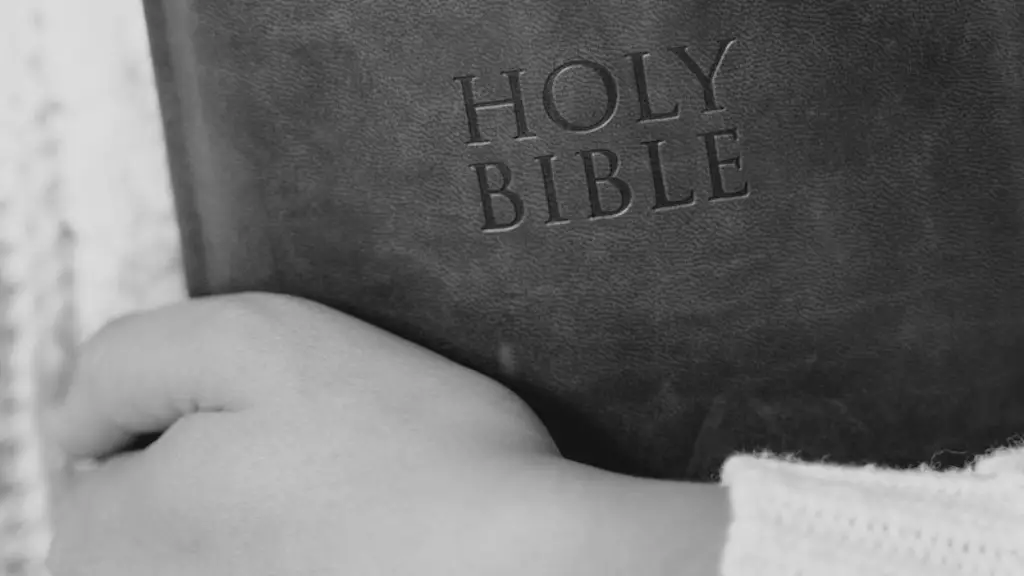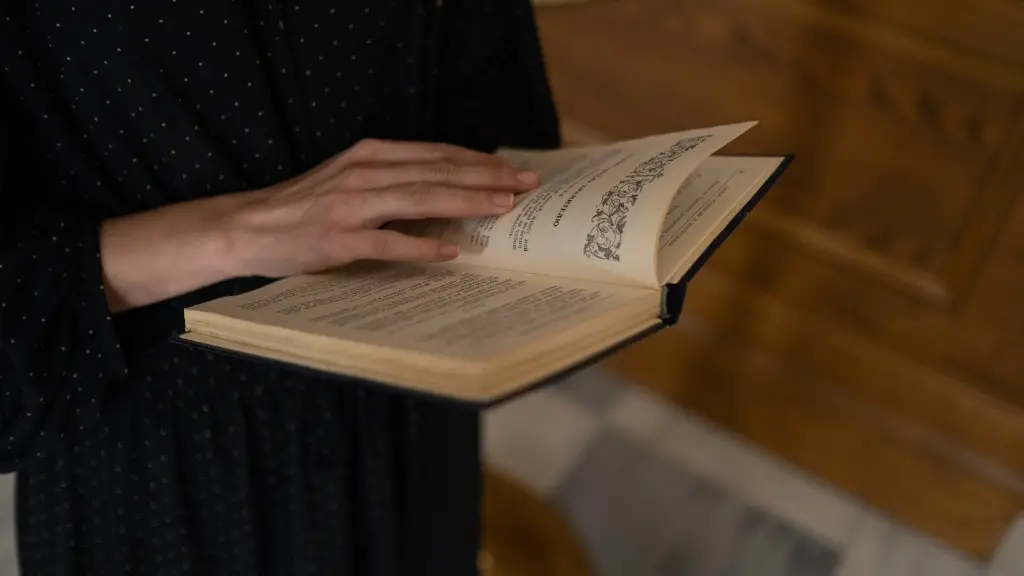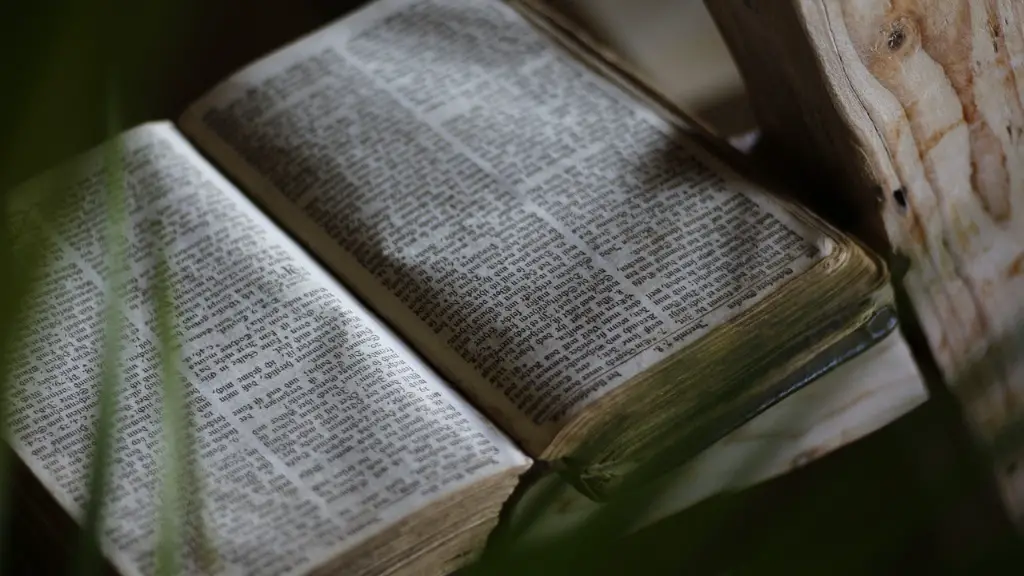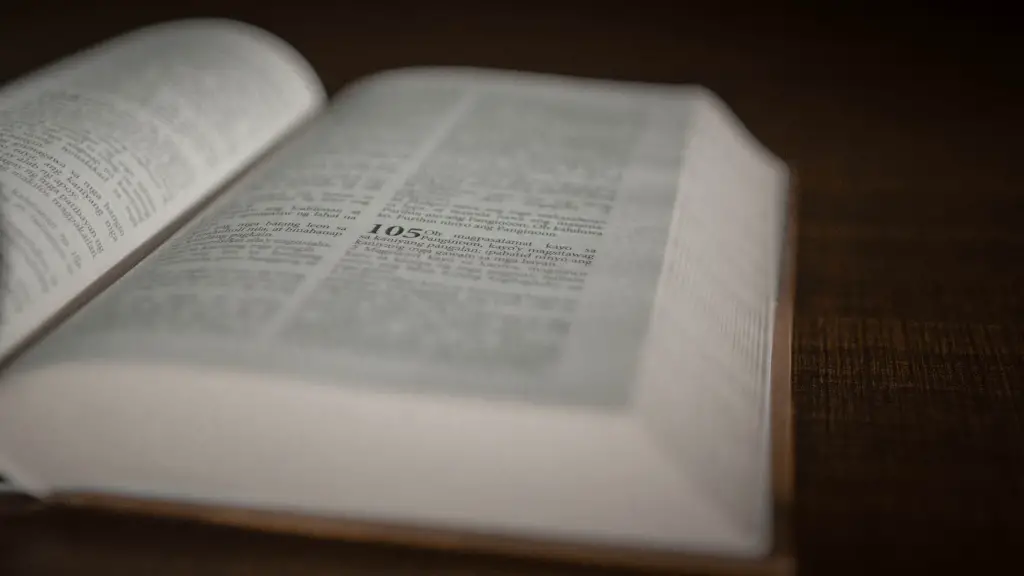Noah’s wife is not specifically mentioned in the Bible other than in some translations of Genesis 6:18th which says “But with thee will I establish my covenant; and thou shalt come into the ark, thou, and thy sons, and thy wife, and thy sons’ wives with thee”.
Though the Bible does not name her specifically by name, a popular belief amongst theologians and Biblical researchers is that her name was Naamah. She is mentioned in Genesis 4:22 (“And Zillah, she also bare Tubal-cain, an instructer of every artificer in brass and iron: and the sister of Tubal-cain was Naamah.”). Dating back to the oldest records of Jewish tradition, Naamah is named as having been on the Ark with her husband, Noah.
In Jewish folklore, she is also attributed with inventing musical instruments as well as weaving, spinning and other activities traditionally assigned to women in that time period. While this information comes from folk tales and is not explicitly mentioned in the Bible, its primary source is some of the earliest documents in Judeo-Christian history.
Interestingly enough, the Orthodox Christian tradition in the Eastern Orthodox Church associates her with a figure named Emzara, the daughter of Rake’el, a descendant of Seth. According to Flavius Josephus’ Antiquities of the Jews book I, as well as related Basari texts, Emzara was the mother of Noah, making her the wife of Noah’s father Lamech. This is an interesting alternative view in comparison to the commonly accepted belief of Naamah.
No matter which daughter of Rake’el, Seth, or Naamah, if any, was Noah’s wife, the prophet would not have married according to the culture of that time period, which respected the matrilineal line of descent. That is, Noah would have had to marry the daughter of a brother or uncle of his father, in order to fulfill this tradition.
A popular narrative among influential theologians and scholars is that, despite the secluded nature of pre-flooded civilization, Noah’s wife adhered to a broader understanding of religion, particularly as it related to monotheism, and was an early proponent of this idea. As such, it is believed that she, and possibly their children, played a role in the conversion of their society to a more theistic worldview.
Given that the Bible does not name her specifically, and that details about her life come solely from later textual traditions, many scholars have concluded that her contribution to the story is largely symbolic, symbolic of female strength and courage, as she went through the harrowing episode with Noah.
Theological Perspective
Much discussion has surrounded Noah’s wife in the Bible, with some viewing her as a symbol of valor and heroic courage, while others view her as a largely unmentioned and inconsequential figure.
Theologically, those who view her positively point out that she would have made tremendous sacrifices for her husband and for the preservation of life and human civilizations. Such an act, in their opinion, would require great faith in God, a faith that would be compared to that which Noah himself demonstrated.
Those who don’t draw significant attention to Noah’s wife point out that, while she may have demonstrated glimpses of courage, her biblical depiction fails to offer any meaningful insight into her character, making difficult to draw meaningful lessons from her role.
At the same time, some modern theologians hold the view that the story of Noah’s wife offers a reminder of the importance of perseverance and dedication, particularly in times of hardship. Overcoming adversity, as seen in the story of the Flood, requires strength and commitment in order to survive and thrive, a commitment which some believe can be seen in the role of Noah’s wife.
Impact on the Religious Tradition
Noah’s wife is prominently featured in Judaism and Christianity and has been for centuries. She is oftentimes depicted in artwork and other forms of popular culture as a figure of strength and courage, who made a tremendous sacrifice for the preservation of human life and civilization.
In some religions, her name is even used as a symbol of faith, with newborns often being named after her in Biblical narrative.
Moreover, her character and example are commonly invoked in sermons that are meant to inspire religious devotion and personal character development.
At the same time, her example has also been used to demonstrate the power of faith in the LORD, with some viewing her stoic determination in the face of the Flood as a testament to the timelessness of faith and its power to buoy individuals during times of turmoil.
In some interpretations, her story may even be seen as a foreshadowing of the redemption of mankind through Jesus Christ, as her courage during the Flood symbolizes the need for faith in the divine promise of a new world, created through the love of God.
Societal Application
From a broader societal perspective, the story of Noah’s wife is commonly used to illustrate the importance of an individual’s commitment to a higher goal, as well as the role that faith plays in times of hardship and difficulty.
For some, her story may even serve as a reminder of the importance of relying on one’s faith to stand firm in the face of insurmountable odds, with her commitment to the divine promise of a new world seen as a symbol of hope for many believers.
Moreover, her story serves as a reminder that individuals have the potential for greatness within them when they rely on their faith, and that God will




